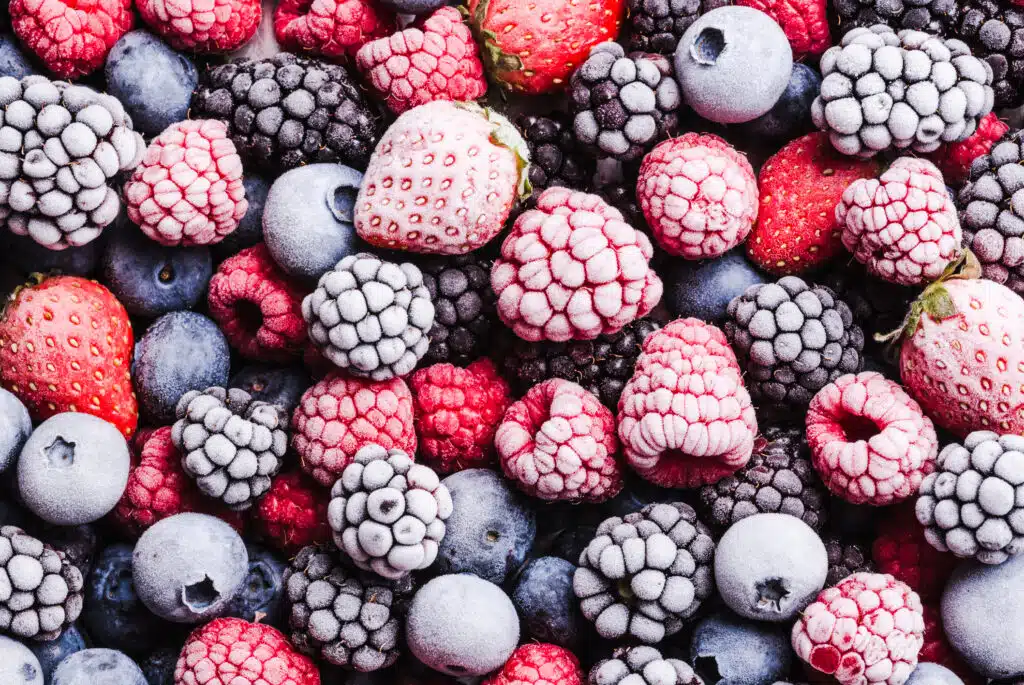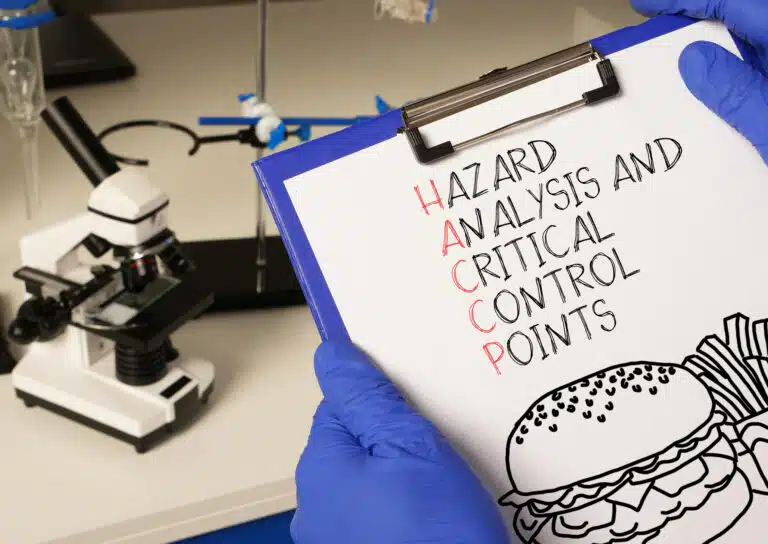Safe food defrosting is a cornerstone of food hygiene, vital for home cooks, café owners, and food handlers across the UK. Improper defrosting can lead to bacterial growth, risking foodborne illnesses and breaching Food Standards Agency (FSA) regulations. This guide outlines the correct methods to defrost food, ensuring compliance with EU Regulation 852/2004. Master these skills with Skilltopia’s Level 2 Food Hygiene and Level 3 Food Hygiene courses, tailored for UK food businesses.
Why Safe Defrosting Is Crucial for Food Hygiene
Improper defrosting allows bacteria like *Salmonella* or *Listeria* to multiply in the “danger zone” (5–60°C), increasing the risk of foodborne illnesses. The NHS reports over 500,000 food poisoning cases annually in the UK, often linked to poor hygiene practices. Safe defrosting ensures:
- Compliance: Adheres to FSA and CIEH hygiene standards.
- Safety: Protects consumers from health risks.
- Quality: Maintains food texture and flavour.
- Reputation: Enhances trust with customers and Environmental Health Officers (EHOs).
Why It Matters: In 2024, the FSA noted over 2,000 food safety incidents, many tied to improper handling practices like defrosting.
The Correct Ways to Defrost Food Safely
Follow these FSA-recommended methods to defrost food while maintaining hygiene:
- In the Fridge (0–5°C): Place food in a covered container on the bottom shelf to thaw gradually (e.g., 24 hours per 2kg of meat). This method prevents bacterial growth and is the safest.
- In Cold Water: Submerge food in a sealed, leak-proof bag in cold water (below 5°C), changing the water every 30 minutes. Ideal for smaller items like fish fillets (1–2 hours).
- In the Microwave: Use the defrost setting for quick thawing, cooking immediately after to avoid the danger zone. Best for small portions.
Never defrost at Room Temperature: This promotes bacterial growth in the 5–60°C range, violating FSA chilling guidelines.
Common Defrosting Mistakes to Avoid
- Room Temperature Defrosting: Encourages bacteria, especially in meat and poultry.
- Hot Water Defrosting: Partially cooks the food’s surface, creating a bacterial risk.
- Not Using Containers: Risks of cross-contamination in the fridge.
- Refreezing Improperly: Only refreeze if thawed in the fridge and kept below 5°C.
Case Study: A UK bakery achieved a 5-star hygiene rating in 2024 after staff completed Skilltopia’s Level 2 Food Hygiene course, mastering safe defrosting to prevent contamination.
How Skilltopia’s Food Hygiene Courses Teach Safe Defrosting
Skilltopia’s CPD-accredited food hygiene courses equip you with essential skills:
- Level 2 Food Hygiene: For food handlers, covering safe defrosting, temperature control, and cross-contamination prevention (4–6 hours). Learn more.
- Level 3 Food Hygiene: For supervisors, focusing on designing hygiene protocols, including defrosting procedures (6–8 hours). Learn more.
Both courses are online, self-paced, with interactive modules and instant CPD certificates.
“Skilltopia’s Level 2 Food Hygiene course was a game-changer! It taught me safe defrosting practices that boosted our café’s safety standards.” – Sarah Thompson, Catering Assistant (15 June 2023).
Benefits of Safe Defrosting Practices
Proper defrosting offers:
- Compliance: Meets FSA hygiene requirements.
- Safety: Reduces the risks of foodborne illnesses.
- Efficiency: Minimises food waste and saves time.
- Reputation: Enhances business credibility with high EHO ratings.
Pro Tip: Use Skilltopia’s food hygiene templates to create defrosting logs for EHO inspections.
Tips for Safe Defrosting in Food Businesses
- Plan Ahead: Defrost in the fridge overnight to maintain 0–5°C, per FSA guidelines.
- Use Labels: Record thawing dates to ensure safety compliance.
- Monitor Temperatures: Use a calibrated thermometer to check fridge or water temperatures.
- Train Staff: Enrol in Level 2 Food Hygiene for handlers or Level 3 Food Hygiene for supervisors.
- Keep Records: Document defrosting processes for EHO inspections, using Skilltopia’s resources.

FAQs About Defrosting Food Safely
What is the safest way to defrost food?
The safest way to defrost food is in the fridge at 0–5°C, allowing gradual thawing to prevent bacterial growth.
Can you defrost food at room temperature?
No, defrosting at room temperature is unsafe as it allows bacteria to grow in the danger zone (5–60°C).
How long does it take to defrost food in the fridge?
Defrosting in the fridge takes 6–24 hours, depending on the food’s size (e.g., 24 hours per 2kg of meat).
Why is proper defrosting important for food hygiene?
Proper defrosting prevents bacterial growth, ensuring compliance with UK food hygiene laws and protecting consumers.
How can Skilltopia’s food hygiene courses help with safe defrosting?
Skilltopia’s Level 2 and Level 3 Food Hygiene courses teach safe defrosting and handling for UK compliance.
Master Food Hygiene with Skilltopia
Ensure safe food handling with proper defrosting techniques. Enrol in Skilltopia’s Level 2 Food Hygiene or Level 3 Food Hygiene course today! Online, CPD-accredited, and tailored for UK food businesses. Sign up now!






